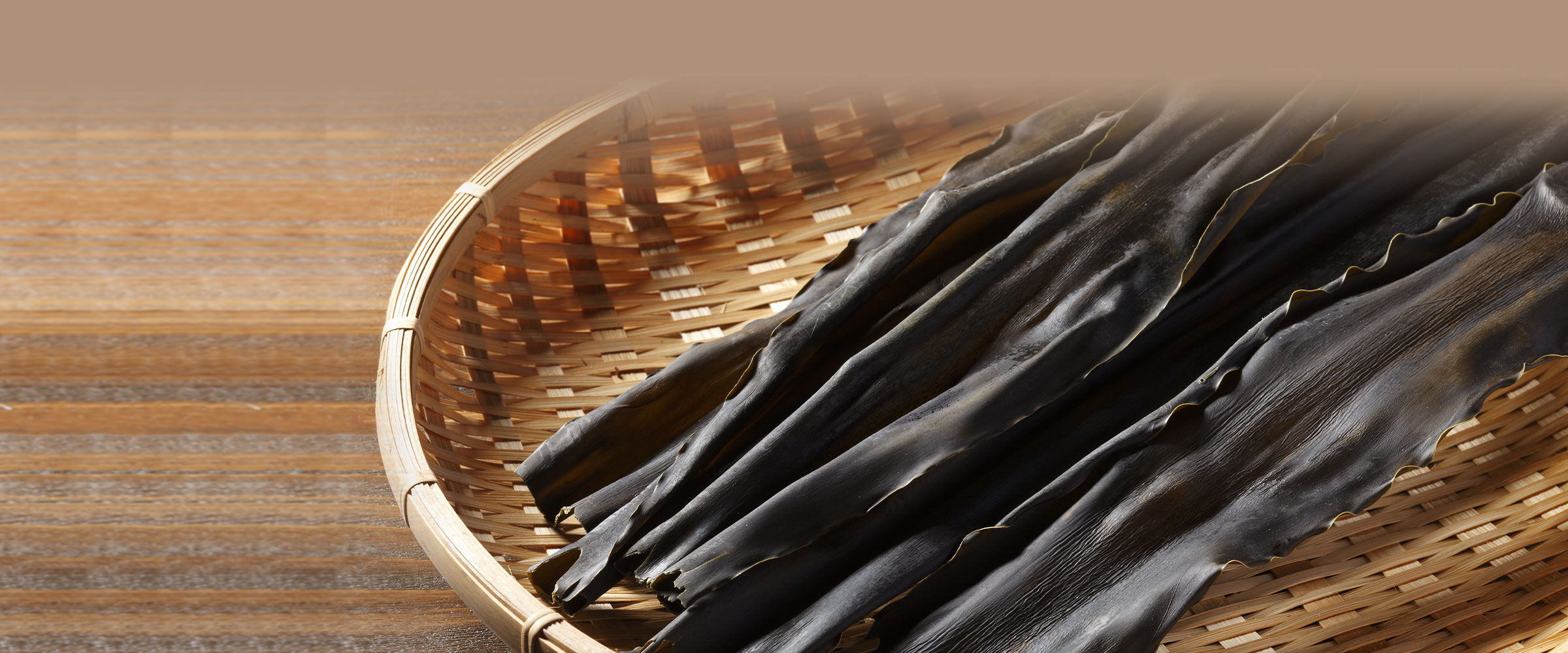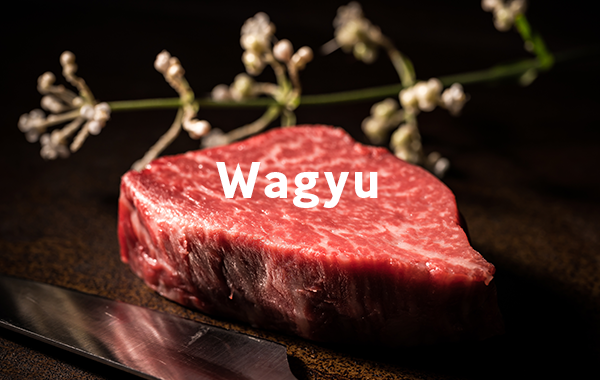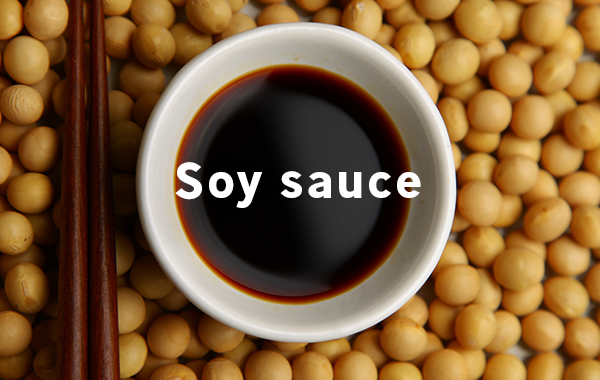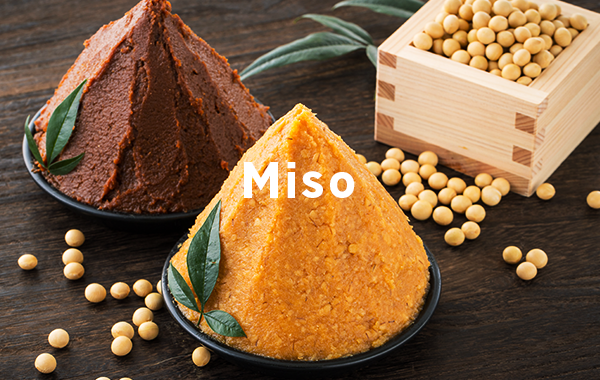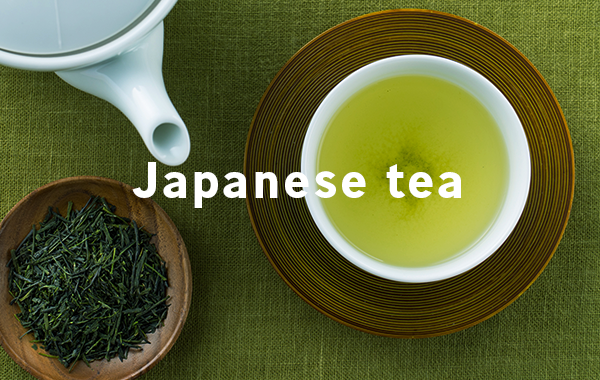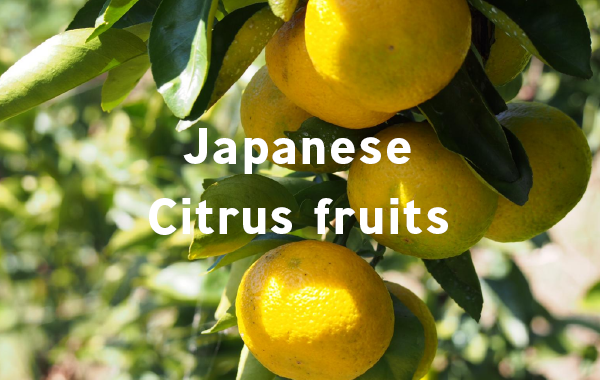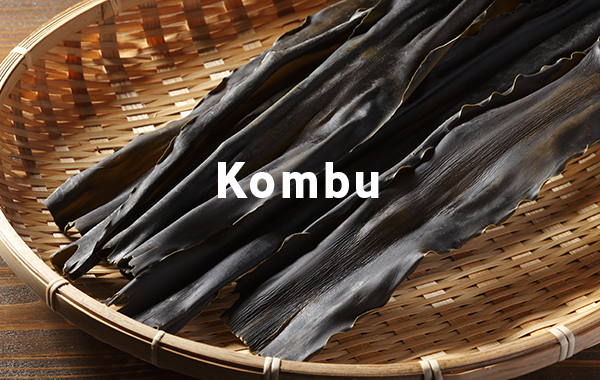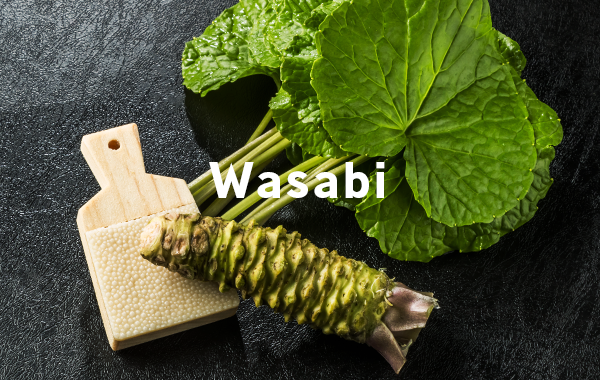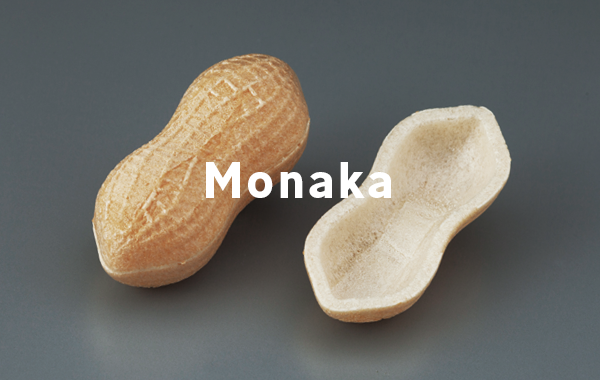What’s Kombu?
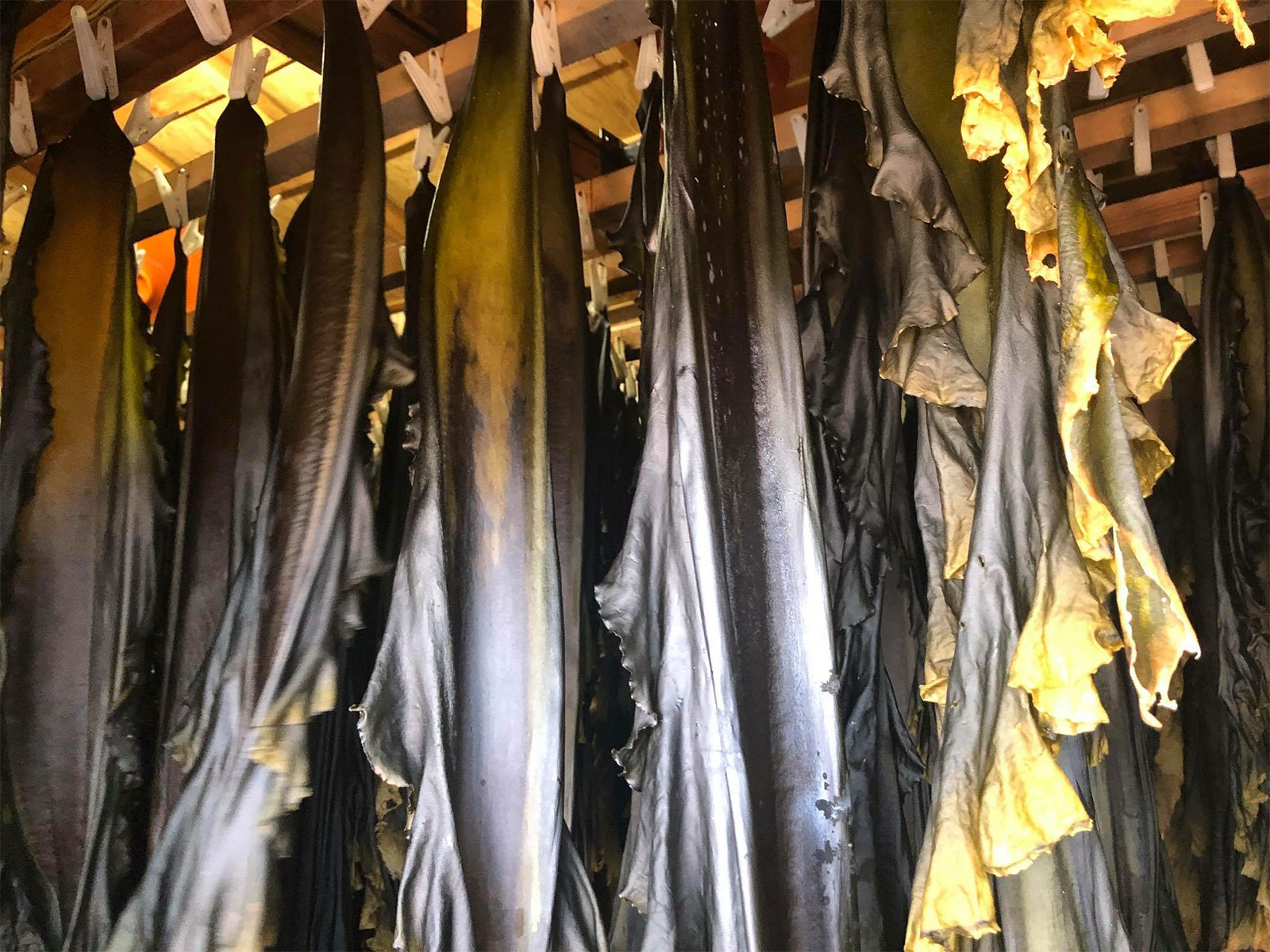
Kombu is one of the edible kelps mainly harvested on the coast of Hokkaido, the northernmost island of Japan. Different from other Japanese seaweeds like Nori (the one used for Sushi) or Wakame which you often see in Miso soup, Kombu has been also used as a base to make “dashi”, Japanese soup stock.
Il Kombu è un’alga commestibile raccolta sulle coste dell’isola più settentrionale del Giappone: l’isola Hokkaido. Diversamente da altre alghe giapponesi come Nori (quella usata per il sushi) o Wakame ( usata spesso nella zuppa di miso) è usato anche come base per fare il “dashi”, tradizionale brodo giapponese.
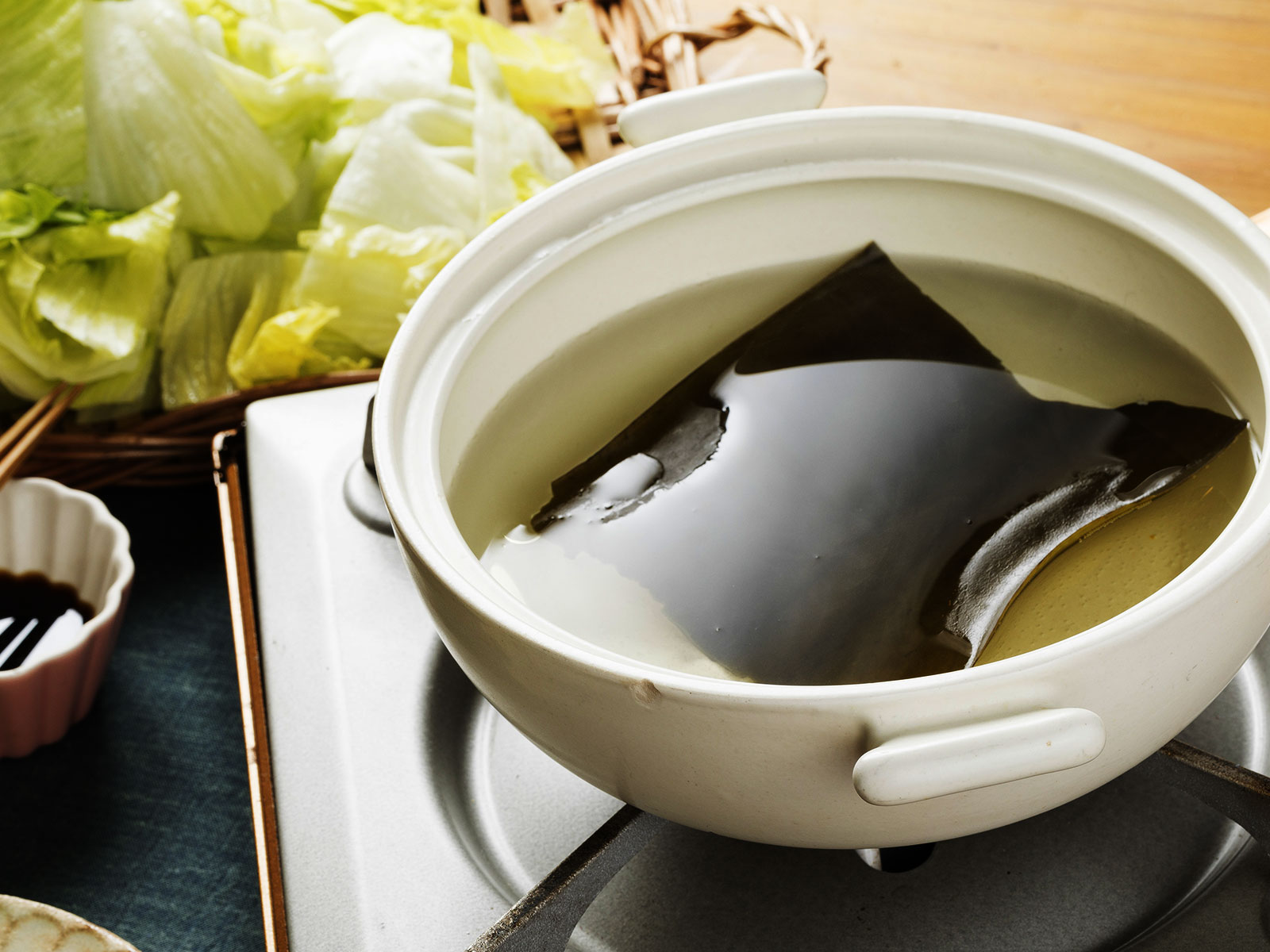
“Dashi” has been one of the essential elements of Japanese cuisine for over a thousand years. Along with soy sauce and Katsuobushi(grated bonito), kombu is an indispensable for the taste of Japanese cuisine. Rich in vitamins, dietary fiber and minerals, it is attracting more and more interest overseas as natural health food.
Il “Dashi” è uno degli elementi essenziali della cucina giapponese da oltre mille anni. Insieme alla salsa di soia e al Katsuobushi (tonnetto striato), il kombu è indispensabile per il gusto della cucina giapponese. Ricco di vitamine, fibre alimentari e minerali, attira sempre più interesse oltreoceano come alimento naturale per la salute.
Rausu Kombu
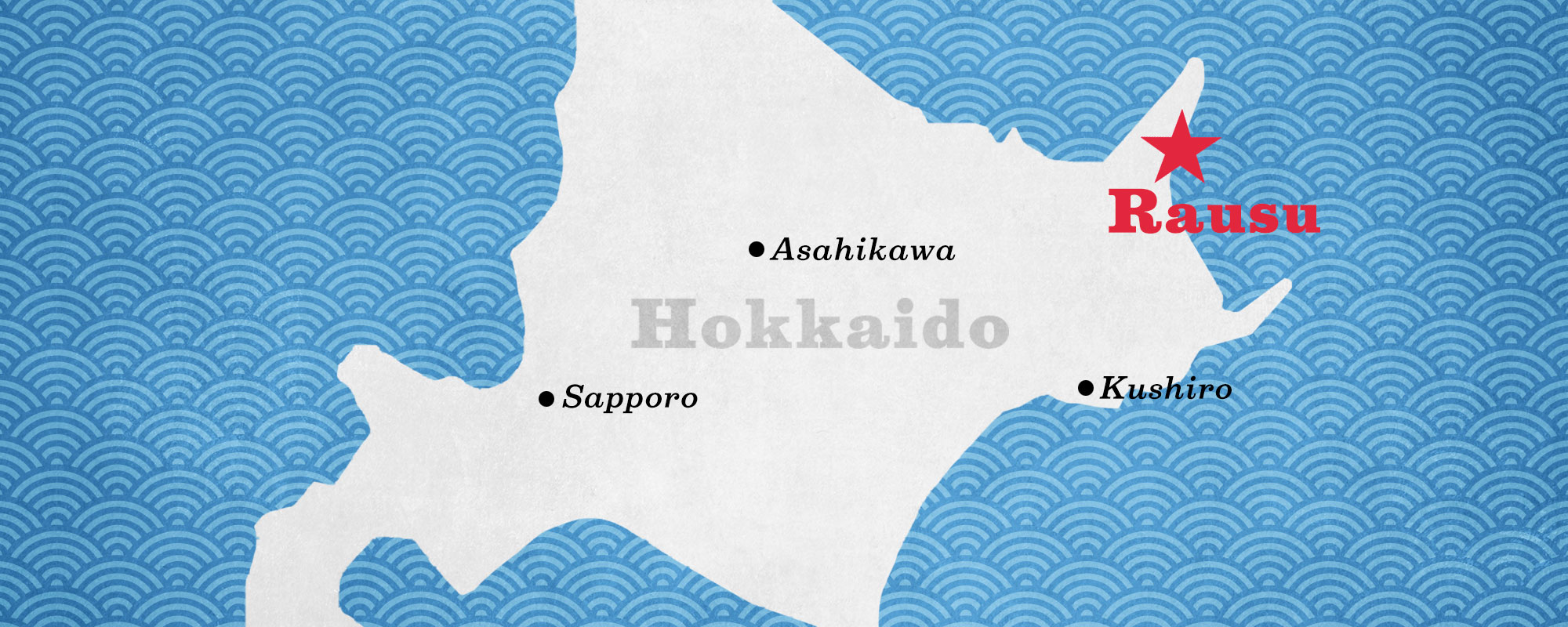
Depending on the regions, the varieties of Kombu in Japan are roughly divided in 4 kinds ; Hidaka ,Rishiri, Ma and Rausu. Above all, Rausu Kombu is considered to have the most concentrated umami taste, which is brought about by its characteristic production process. Unlike others, Rausu Kombu undergoes the elaborated aging process of repeating the procedure of moistening and drying. Because it requires a lot of works, Rausu Kombu only account for less than 2% among the total production of Kombu from Japan. It is the season of kombu(kelp) fishing from the middle of July to the middle of September. Fishermen collect kombu in the position about 200m from the coast. Take the kombu with 1or 2 fishermen’s small fishing boat and using tool like a hook with a long branch or a bifurcated pole. Kombu fishing wll be held only on sunny days where the kombu will be dried up in one day. Lift the harvested kombu from the ship and dry it in a drying place filled with pebbles. Another feature of Rausu Kombu is its tenderness. Thanks to its soft texture, it can be eaten as it is, after making soup stock.
We believe this product can be used in various situations, not only for fine Japanese cuisine but also for modern style gastronomy recipes.
A seconda delle regioni, le varietà di Kombu in Giappone sono divise approssimativamente in 4 tipi; Hidaka, Rishiri, Ma e Rausu. Il Rausu ha l’umami più accentuato rispetto agli altri tipi di Kombu dovuto al suo caratteristico processo di produzione. Subisce infatti l’elaborato processo di invecchiamento che prevede il continuo susseguirsi dell’essicazione e dell’idratazione del Kombu. Poiché richiede molto lavoro il Rausu Kombu rappresenta solo il Rausu Kombu rappresenta solo meno del 2% della produzione totale di Kombu dal Giappone. La pesca del Kombu inizia a metà luglio fino a metà settembre. Avviene a circa 200 metri dalla costa attraverso l’utilizzo di 1 o 2 piccole imbarcazioni e tramite l’uso di un particolare strumento caratterizzato da uncino posto alla fine di una lunga asta. Dopodiché viene portato a riva, posizionato nel luogo di asciugatura e disteso in un terreno con un fondo ciotoloso. La pesca del Kombu si svolge solamente nei giorni di sole poiché deve essere asciugato il giorno stesso. Un’altra caretteristica di Rausu Kombu e’ la sua tenerezza.Grazie alla sua consistenza morbida, può essere mangiato così com’è, dopo aver fatto il brodo. Crediamo che questo prodotto possa essere utilizzato in varie situazioni. Non solo per la cucina giapponese, ma anche per le moderne ricette gastronomiche.

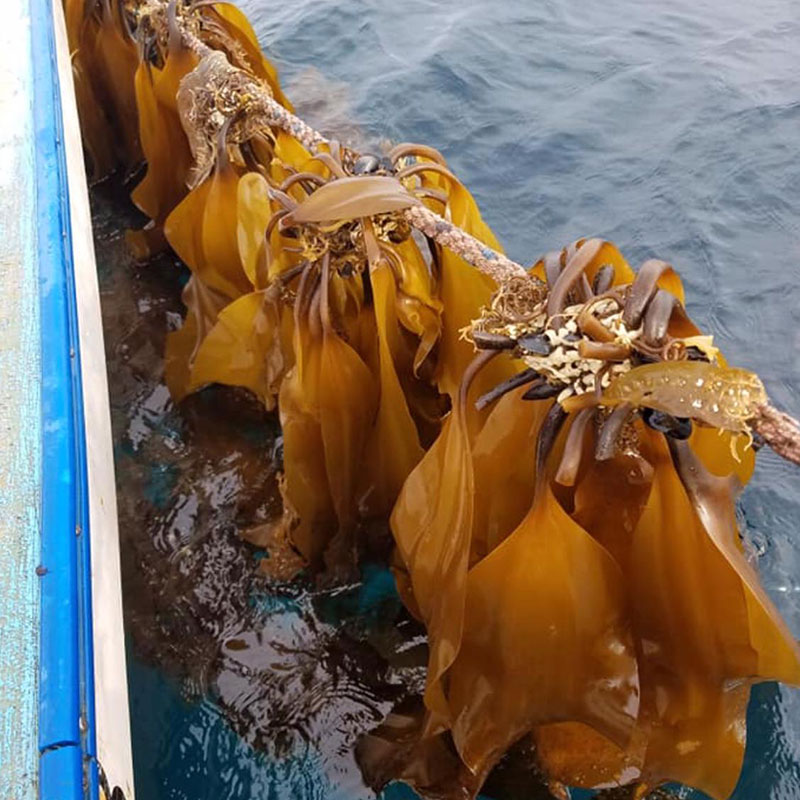
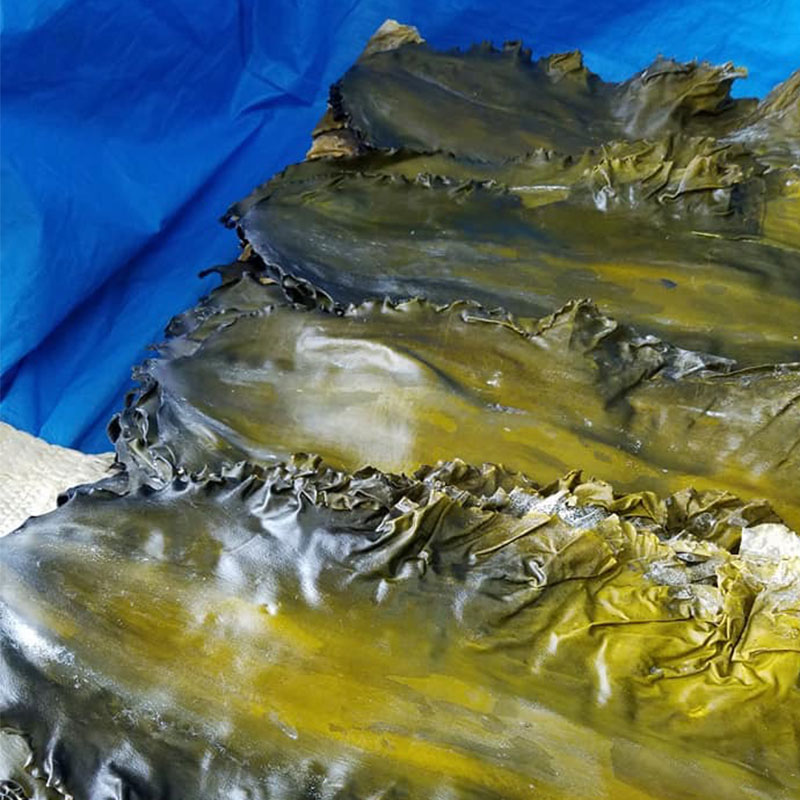
Products
Rausu Kombu Kelp
Alghe Rausu Kombu
500g
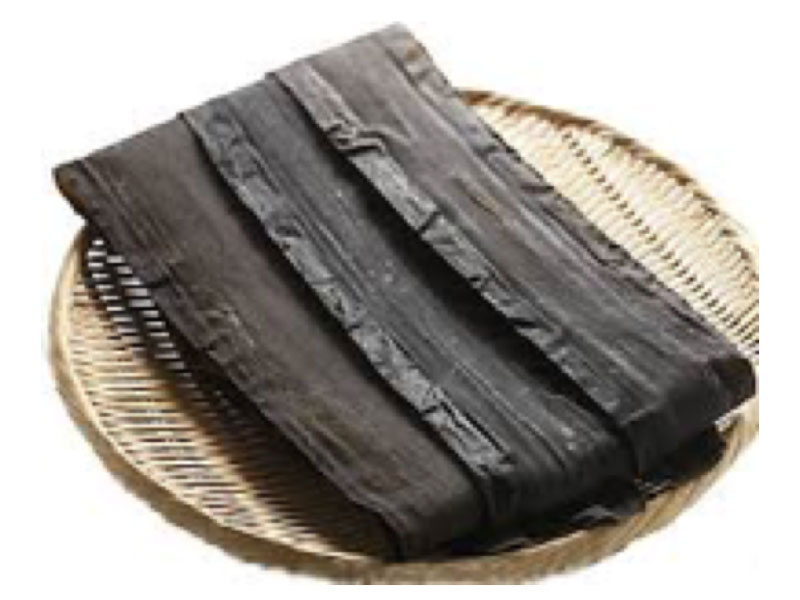
Cooking example
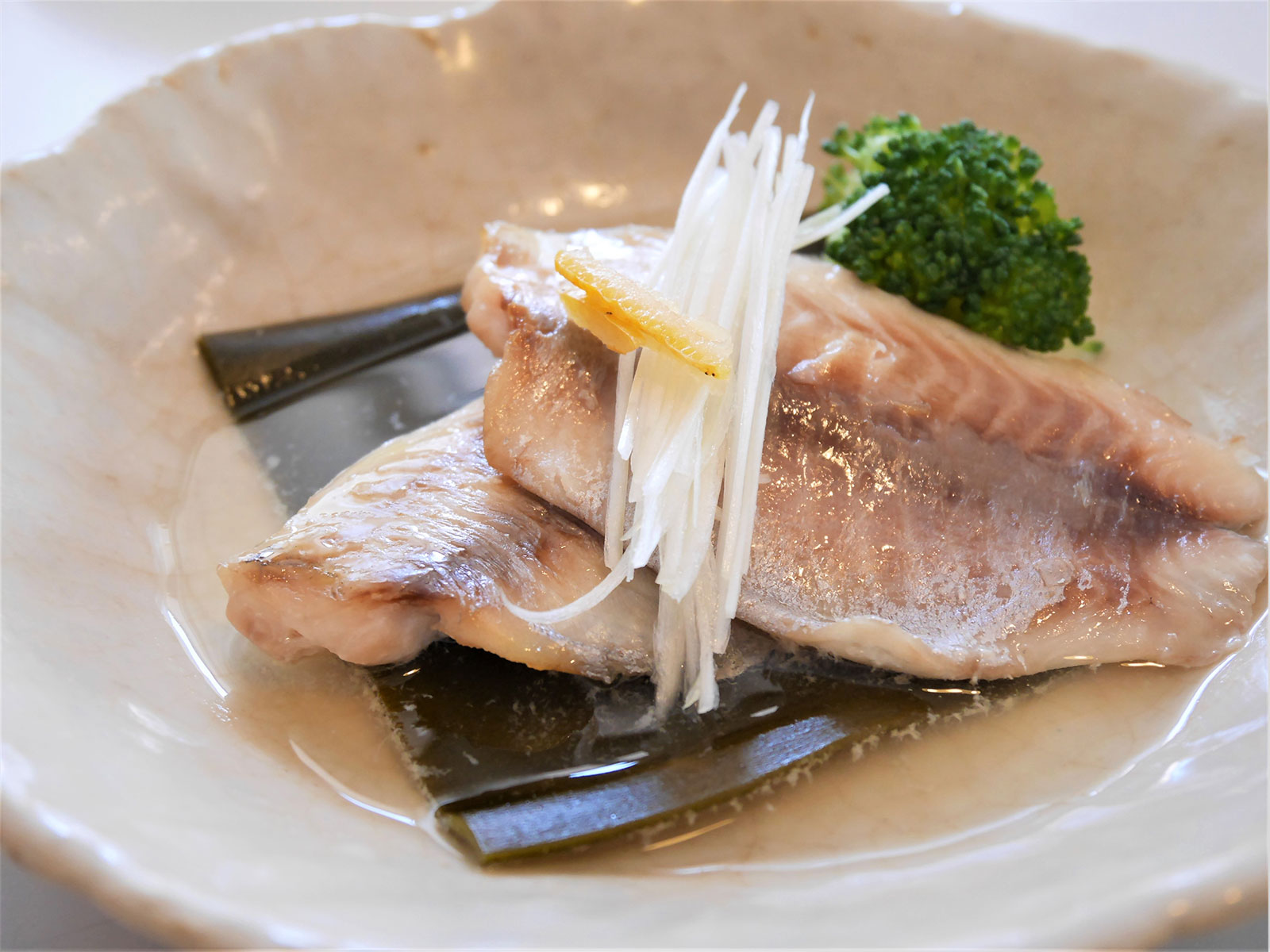
Steamed fish with KombuPesce al vapore con Kombu
